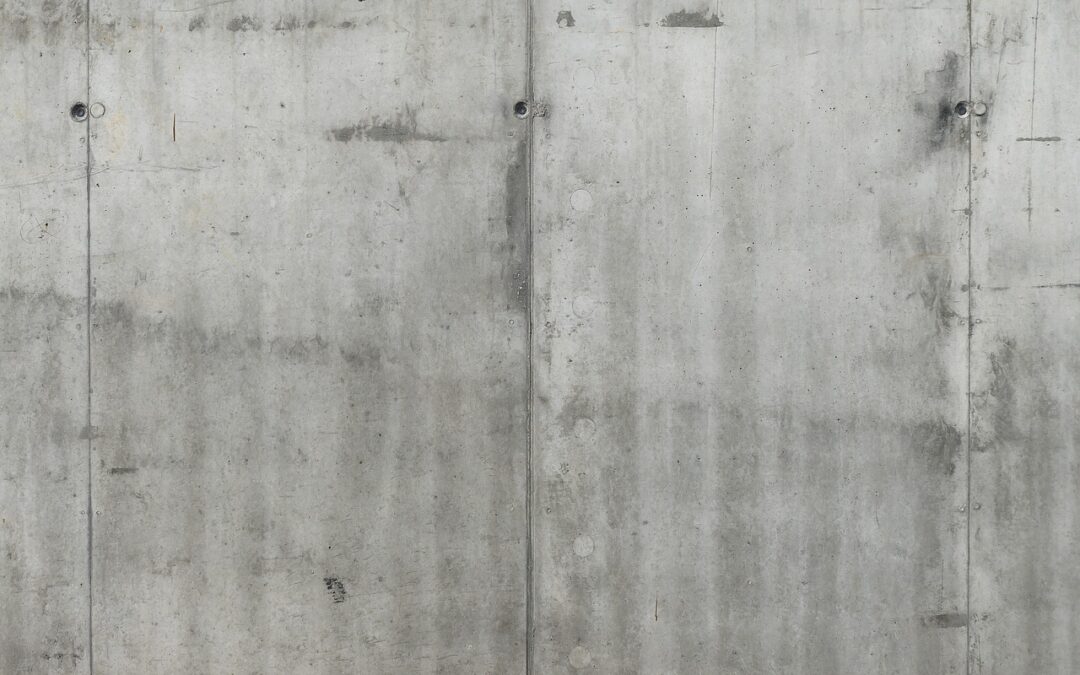Concrete Foundation Underpinning and Reinforcement: Ensuring Structural Integrity
Summary
Protect your home’s foundation and ensure its long-term stability with concrete underpinning and reinforcement techniques. These methods restore strength and support to weakened foundations, preventing further damage and costly repairs. In this comprehensive guide, we’ll delve into the process, benefits, and importance of concrete foundation underpinning and reinforcement.
What is Concrete Foundation Underpinning?
Concrete foundation underpinning involves excavating the soil beneath a weakened foundation and replacing it with concrete piers or pilings that provide additional support. These piers are typically made of concrete, steel, or a combination of both and extend deep into the ground, creating a solid and stable base for the foundation.
Benefits of Underpinning
- Strengthens foundation: Restores the foundation’s bearing capacity, allowing it to support the weight of the building and preventing further settlement.
- Protects against damage: Prevents cracks, shifting walls, and other structural issues that can occur due to a weakened foundation.
- Increases property value: A stabilized foundation enhances the property’s value and marketability.
- Peace of mind: Knowing your foundation is secure provides peace of mind and protects your investment.
When is Underpinning Necessary?
Underpinning is recommended when:
- The foundation has settled or is uneven, resulting in cracks or sloping floors.
- The soil beneath the foundation is weak or unstable due to erosion or poor drainage.
- Structural changes to the building have increased its weight, putting strain on the foundation.
- The building is located in an area with potential geological risks, such as earthquakes or landslides.
Concrete Reinforcement Techniques
In addition to underpinning, concrete reinforcement techniques can further strengthen and protect the foundation. These methods include:
- Carbon fiber reinforcement: Adding carbon fiber strips to the foundation improves its tensile strength and resistance to cracking.
- Helical piers: Installing screw-shaped piers around the foundation provides additional support by anchoring into the ground.
- Soil stabilization: Injecting a grout mixture into the soil around the foundation helps compact and stabilize the ground, reducing settlement.
Steps Involved in Underpinning
- Site assessment: Engineers evaluate the foundation’s condition and design a suitable underpinning solution.
- Excavation: The soil beneath the foundation is removed to expose it.
- Pier installation: Concrete piers or pilings are installed into the excavated space and secured to the foundation.
- Concrete placement: Concrete is poured around the piers to fill the excavated area and provide additional strength.
- Backfilling: The excavated area is filled with backfill material to restore the ground level.
Choosing a Professional Contractor
For optimal results, it’s essential to hire a qualified and experienced contractor specializing in concrete foundation underpinning and reinforcement. Look for contractors with:
- Positive reviews and testimonials
- Licensed and insured
- Proven experience in similar projects
Call to Action
Don’t let a weakened foundation compromise the safety and value of your home. Contact a reputable contractor today for a professional assessment and to schedule concrete foundation underpinning and reinforcement services. Protect your investment and ensure a long-lasting and stable foundation for your property.

